Four Ingredients of a Data Governance Solution

- Published on
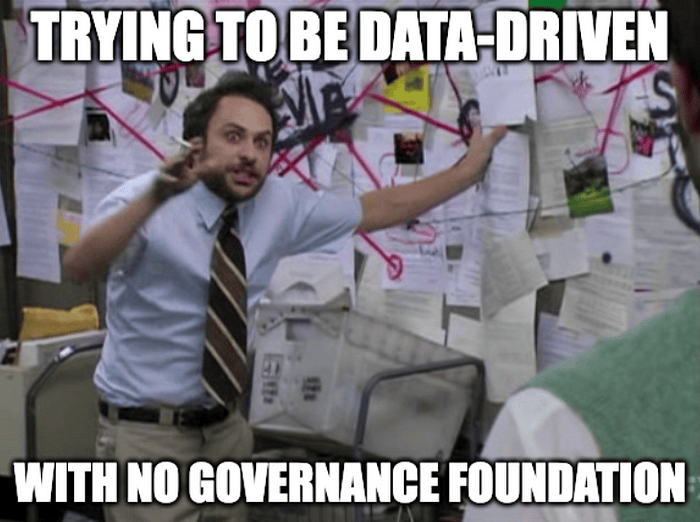
| Item | In Stock | Price |
|---|---|---|
| Python Hat | True | 23.99 |
| SQL Hat | True | 23.99 |
| Codecademy Tee | False | 19.99 |
| Codecademy Hoodie | False | 42.99 |
So Why Bother, Governance is Boring?
So you’re probably wondering why data governance is such a big deal, right? I get it. Compared to the exciting fields of data science and machine learning, it might not seem like the sexiest topic out there. But what if I told you that data governance is actually the foundation of the entire data-driven universe! Don’t believe me? Let me break it down for you.
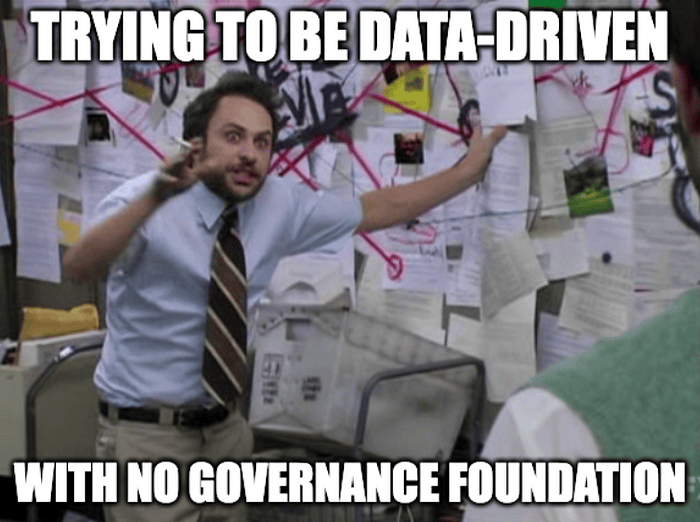
Imagine this: You’re an entry-level data analyst at a huge firm that doesn’t give a hoot about data governance. You’re a total go-getter, and you work your tail off to find the customer data you need to complete your analysis. You present your findings to a stakeholder, and he’s so impressed with your skills that he takes your recommendation. You’re feeling like a boss, but then, two months later, you get the bad news: you’re out of a job. Why? Because the recommendation you made ended up costing the company millions of dollars in marketing. But wait, it gets worse! There’s now a lawsuit coming the company’s way because the dataset you pulled was hacked, posted online, and had sensitive customer information like social security numbers and credit card numbers. Ouch!
Later, you discover that the data you used was a total mess — it was improperly labeled, inaccurate, and way older than you thought. If the company had cared about data governance, you wouldn’t have used or been able to access that data. They would not be preparing for a lawsuit and loss of trust in the market, while you would still be the Hero with a job instead of a Zero living on your friend’s couch. So let this be a lesson, folks: data governance is not just a buzzword. It’s the real deal and can mean the difference between success and failure — and even legal trouble.
That’s why data governance is a must in business today. It ensures that your data is legitimate and safe from prying eyes. With data governance, you can track who owns the data, where it came from, and if it’s accurate, so you can make informed decisions with confidence and peace of mind. It’s the framework that helps your organization provide the right data to the right people at the right time without any hiccups or mishaps.
So, when it comes to Data Governance, we can divide the approach into four distinct but symbiotic ingredients. Literacy, Quality, Protection, and Access.
Literacy
As with most things in life, it all starts with language and communication — data is no exception. If your team does not speak the same language when it comes to data, things can get confusing quickly. Believe it or not according to a survey by the Data Literacy Project, more than a third of workers would find a different way to do their job if when having to work with data¹. And 14% of them would straight-up ditch the task! Crazy, right? How does an organization become data-driven when the data users are afraid to use it? That’s where data literacy comes in.
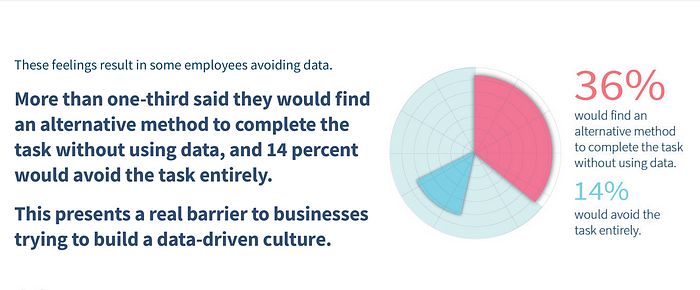
Figure 1: From the Human Impact of Data Literacy
It’s like being able to read a book — if you can’t understand the words on the page, you’re not going to get much out of it. Without data literacy, you may look at a chart or graph and have no idea what it means or how to interpret it.
By making sure everyone understands the terminology of the data and how it should be used, you can build trust and confidence in your business intelligence and machine learning applications. And when people can find and prepare data quickly because they know it is the data they need, it means they can generate insights faster and help your company stay ahead of the game. With a data-literate workforce who understands the language of your industry and enterprise, you can speed things up and make it easier to find the insights that bring value. If you cannot communicate, you cannot accelerate in any domain in life.
Quality
It’s tough out there for organizations trying to make data-driven decisions. One of the biggest problems is that the data they’re working with is often not very good quality and doesn’t match up between different sources. This can create a real trust issue, where people don’t know what to believe or what data to use. In fact, a lot of business bigshots don’t even trust their own data. Only 20% of business executives said they entirely trust the data they get. Kind of a concerning statistic when 60 % of their tech counterparts believe they trust them.
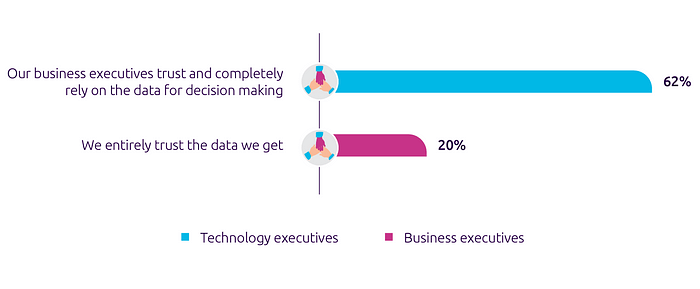
Even though there’s tons of data available, organizations might not be able to use most of it because they don’t trust it. And even when they try to manage the quality of their data, it’s usually not done in a very proactive way.
If everyone in your organization follows the same quality rules and guidelines for how data is collected, stored, and used, this helps prevent errors and inconsistencies. Profiling, standardization, lineage, and quality monitoring are just a few of the governance practices that increase the accuracy and reliability of your data. When data is unreliable or hard to understand, it can also put a pause on being data-driven and make it tough to get the insights you need. So yeah, it’s a bit of a mess out there, but fear not — with great governance comes great quality!
Protection
Dealing with data privacy and regulatory compliance can be a real headache, especially when your company has a lot of different systems and environments to keep track of. The risks of not following the rules — like getting fined or losing the trust of your customers — are no joke. This particularly applies if you are in the United States, as the average cost of a data breach is $9.44 million, which is more than double the 4.35 million global average³.
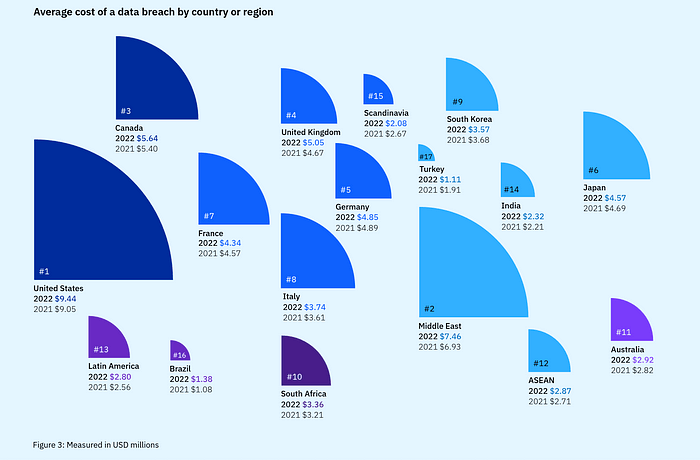
If you’re not able to implement the right policies and business rules, it can be hard to get all your different teams to work together. They might not feel comfortable sharing data between different parts of the company, making it harder to get a full picture of what’s happening. To make matters worse, IT teams might start creating their own little data storage areas to keep everything separate, which can make things even more complicated.
But if you have a good system in place for central data governance, you can make life easier for everyone. This is done by applying the right level of rules and oversight to all your data, making it easier to find what you need and keep sensitive data safe. And it doesn’t matter if your data is spread across different systems or clouds — central governance can keep it all under control with the right security and privacy measures in place. So, even though compliance can be a pain, having a solid data governance strategy can help you keep everything running smoothly.
Now that we’ve accomplished the essential steps of knowing, trusting, and protecting our data, it’s finally time to put it to use. Cue the applause and bring in the Dancing Lobsters!

Access
First, let me take a wild guess: your company is sitting on a goldmine of data. Congrats, that’s amazing! But what’s holding you back from taking over the industry? Oh, you don’t even know where to look to find the data you need…
Trust me, I get it; the world of data is a maze these days. It’s like searching for a movie to watch on all the streaming services combined. There’s so much data out there, but it’s scattered all over the place — on the cloud, local servers, databases, and fancy data lakes. I even heard they’re building Data Lakehouses now; the new data generation doesn’t know how good they’ve got it! And to make matters worse, there are tons of different tools people use to access all this data, which can lead to a never-ending saga of data confusion and chaos. It gets even more complicated when you start sharing data with other companies or using data from outside sources. This can make things even more convoluted and require extra steps to ensure everything is protected and of top-notch quality.
This is where the unified catalog comes in to save the day. It does all the heavy lifting of organizing and simplifying data, so you don’t have to. Catalogs provide a centralized repository of metadata that helps users easily locate and understand the data they need, regardless of where it’s stored. Users can search for and discover relevant data sets, understand their lineage and quality, and collaborate with others to gain the insights that drive decisions, making you a truly data-driven enterprise. But wait, there’s more! This not only simplifies the process of finding and accessing data but also ensures that everyone is working with the same accurate and trustworthy data. So, if you’re looking to empower your team with self-service data access, a data catalog is definitely the way to go!
Putting it all together
Well of course, as an IBMer, I think we have managed to provide a solid solution in Cloud Pak for Data’s Watson Knowledge Catalog. Let me break down the main perks of IBM’s data governance solution for you.
The solution's focus ensures you can know, trust, protect, and use your data. It helps organizations make their data easily accessible, understandable, and trustworthy across the board. This not only promotes the efficient use of data but also makes it easier to comply with governance controls no matter where the data is.
To help with data literacy, quality, protection, and access, IBM has a heap of foundational governance capabilities built into its intelligent data catalog. This includes features like:
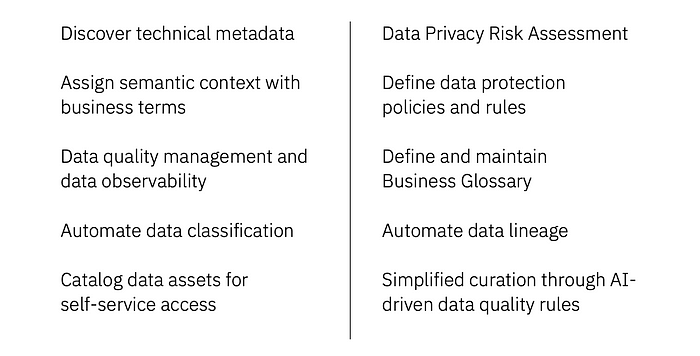
All these capabilities are just the start of what IBM’s data governance platform can do. I’ll go into more advanced use cases in a later article, but this is the foundation that makes it all possible.
So yeah, data governance is kind of a big deal, and it is definitely a must if you want to make the most of your data. IBM’s Cloud Pak for Data’s Watson Knowledge Catalog is a top-notch solution for data governance needs. If you’re interested, I highly recommend you go take it out for a test drive; I’ll even cover the cost of the free trial for you. Also, you can check out our Data Governance website for more info. Lastly, if you have any questions, comments or solid dad jokes feel free to reach out to me via email or on LinkedIn.
As always, I want to give you a shout for taking the time to listen to the Governance Geek evangelize; it is much appreciated. Hope all is well in your world, and do not forget, IBM’s got your back when it comes to making the most of your data. So, Let’s Create.
Citations
- The Data Literacy Project: Human Impact of Data Literacy
- Capgemini Research Institute: The Data-Powered Enterprise
- IBM Research: The Average Cost of A Security Breach
- Cloud Pak for Data: Foundational Services of WKC